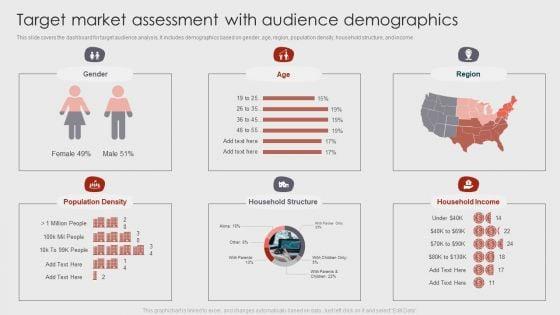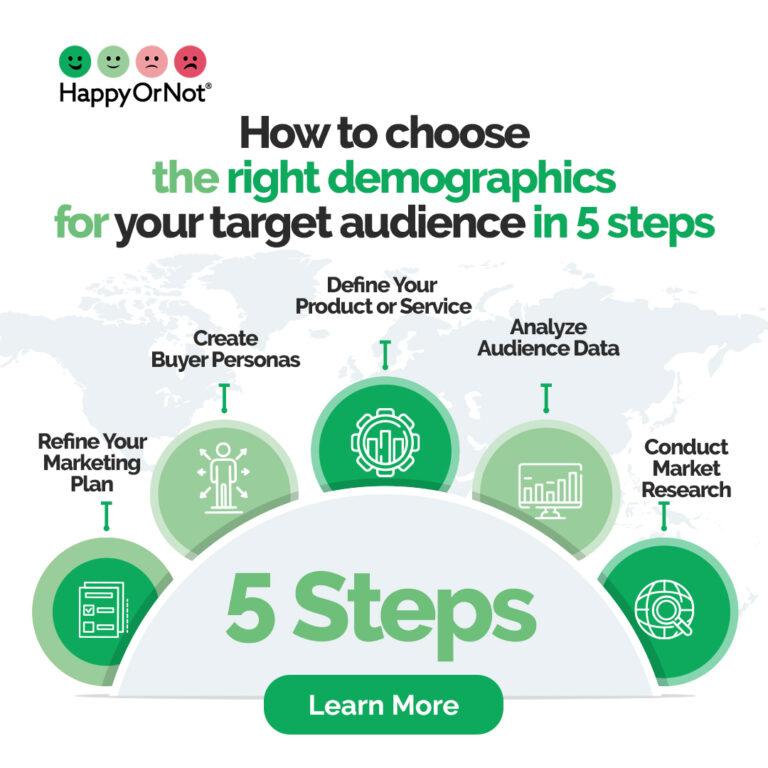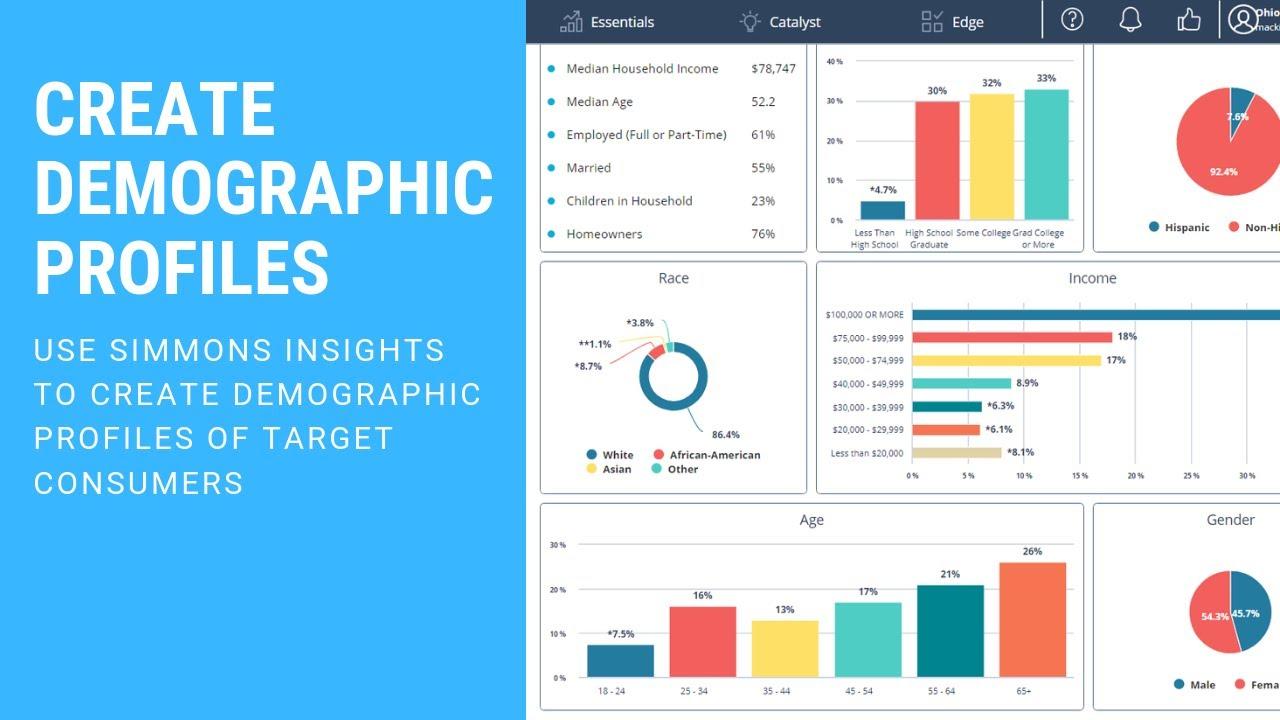
In an age where social media reigns supreme and digital landscapes are ever-evolving, brands are continually seeking innovative ways to resonate with their audiences. Enter influencer marketing—a dynamic strategy that leverages the reach and authenticity of social media figures to forge genuine connections between products and consumers. But behind the allure of likes, shares, and follower counts lies a crucial ingredient: audience demographics. Understanding who is behind the screen can unlock invaluable insights, guiding brands in crafting targeted campaigns that not only engage but also convert. This article delves into the multifaceted relationship between audience demographics and influencer marketing, illuminating how the right insights can transform marketing strategies from simple outreach to meaningful engagement.Join us as we explore the nuances of this intricate dance, revealing the power of tailored messaging in a world bustling with noise and information overload.
Understanding the Spectrum of Audience Demographics in Influencer Marketing
In the realm of influencer marketing, understanding audience demographics is crucial for crafting compelling campaigns that resonate with target consumers. Demographics encompass a wide range of characteristics, including age, gender, location, and interests. By analyzing these factors, brands can better align their messaging and product offerings with the preferences of their audience. As an example, marketing beauty products might be more effective when targeting a younger demographic on platforms like Instagram or TikTok, where trends are swiftly adopted and shared.
To further refine marketing strategies, it’s essential to segment audiences into distinct categories, facilitating personalized outreach. The following categories help in understanding audiences better:
- gen Z: Represents digital natives who appreciate authenticity and social obligation.
- Millennials: Prefer brands that offer experiences and innovation; they value endorsements from influencers who share their lifestyle.
- Gen X: Enjoy quality over quantity; they respond well to influencers who demonstrate expertise and trustworthiness.
- Baby Boomers: Tend to favor familiarity and tradition; they appreciate informative content and testimonials.
To visualize these demographics effectively, consider the following representation of audience preferences:
| Demographic Group | Preferred Content Type | Platform of Choice |
|---|---|---|
| Gen Z | Short video snippets | TikTok |
| Millennials | Storytelling | |
| Gen X | How-to guides | |
| Baby Boomers | Product reviews | YouTube |

Tailoring Content Strategies to Diverse Demographic Profiles
Understanding the unique characteristics of each demographic segment is vital for crafting tailored content strategies in influencer marketing. By identifying the individual preferences, interests, and behaviors of target audiences, brands can create campaigns that resonate on a deeper level. Key factors to consider may include:
- Age: Different generations engage with content in various ways.
- Gender: Tailoring messages to connect emotionally with each gender.
- Location: Cultural nuances can influence preferences and responses.
- Income Level: Understanding purchasing power can shape content tone and product selection.
Moreover, leveraging data analytics tools can enhance the understanding of audience demographics, enabling marketers to refine their campaigns continually. For effective segmentation, consider using a comparative analysis table, which showcases how different influencer types may appeal to varying demographic groups:
| Demographic Group | preferred Influencer Type | Content Style |
|---|---|---|
| Gen Z | Micro-Influencers | Authentic and relatable |
| Millennials | Lifestyle Influencers | Trendy and aspirational |
| Gen X | Expert Influencers | Informative and trustworthy |
| Baby Boomers | Celebrity Influencers | Nostalgic and familiar |

Measuring Impact: Analyzing Engagement Across Different Audience Segments
Understanding how different audience segments engage with influencer content is crucial for brands seeking to refine their marketing strategies. By analyzing engagement metrics, such as likes, shares, and comments, marketers can identify which demographics are responding most positively to their campaigns. This data allows brands to tailor their messaging and choose influencers who resonate with specific segments. As a notable example, the engagement rates among millennials may vary significantly from those of baby boomers, prompting a need for distinct strategies that cater to each group’s preferences.
To illustrate the importance of demographic analysis, consider the following engagement metrics across various audience segments:
| Audience segment | Average Engagement Rate | Preferred Content Type |
|---|---|---|
| Gen Z | 8.5% | Short-form video |
| Millennials | 6.3% | Informative posts |
| Gen X | 5.0% | Long-form articles |
| Baby Boomers | 4.2% | visual content |
By segmenting audience data and analyzing these metrics, brands can gain essential insights into not just what content drives engagement, but also why certain demographics respond more favorably. harnessing this information equips marketers to craft influencer partnerships that are not only effective but also enriching for their target audience, ensuring a more impactful marketing strategy overall.

Building Authentic Connections Through Demographic Insights
In the dynamic landscape of influencer marketing, understanding the intricate tapestry of audience demographics can be the key to forging genuine connections. By diving into the unique attributes such as age, gender, location, and interests, brands can create tailored campaigns that resonate deeply with their target audience. This nuanced approach allows marketers to craft messages that not only capture attention but also foster loyalty, driving more meaningful interactions between influencers and their followers. Think about it: an influencer sharing a personal story about a product that aligns with their audience’s values can transform a simple endorsement into a heartfelt recommendation.
Moreover, leveraging demographic insights enables brands to identify emerging trends and niche markets that may have been previously overlooked. By segmenting audiences, specialists can curate campaigns that engage various groups more effectively. As an example, a brand may discover that a younger demographic prefers authentic content over polished ads, leading to more spontaneous, relatable posts. This tailored engagement can be summarized in a simple table, highlighting the effectiveness of demographic-driven strategies:
| Demographic Group | Preferred Content Style | Engagement Type |
|---|---|---|
| 18-24 years | authentic & Raw | High Interaction |
| 25-34 years | Informative & Trendy | Shares & Saves |
| 35+ years | Professional & Structured | Comments & Conversations |
to sum up
In a world where virality reigns and consumer preferences evolve at lightning speed, understanding audience demographics has never been more crucial for brands navigating the intricate landscape of influencer marketing. As we conclude our exploration of this dynamic interplay, it’s clear that the right insights can unlock doors to unparalleled engagement and authenticity. By aligning with influencers who resonate on a deep level with their target demographics, brands not only amplify their message but also forge meaningful connections that stand the test of time.
the art of influencer marketing is not just about the number of followers or the glimmer of social media fame; it’s about fostering relationships rooted in understanding and shared values. As brands continue to refine their strategies, let us remember that behind every like, share, and comment is a unique individual—a voice waiting to be heard. The future may be uncertain,but one thing remains clear: in the realm of marketing,true success stems from the ability to listen,adapt,and authentically engage with diverse audiences.With this knowledge in hand, brands are not just participants in the conversation, but trailblazers shaping the narrative of tomorrow.